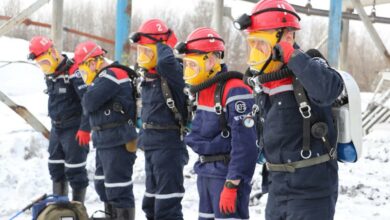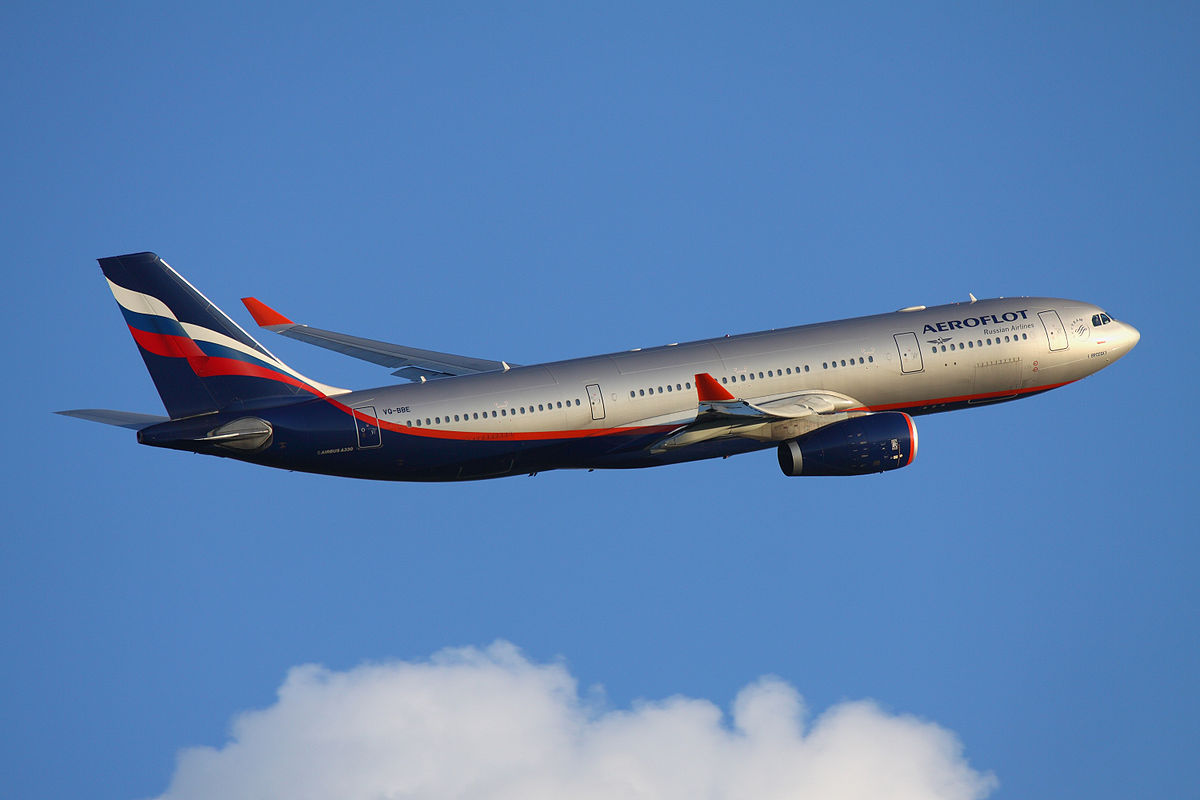For most people, the word Siberia brings to mind exile, forced labor, extreme cold, and vast emptiness. But for me, Siberia draws up visions of romance. Yes, it is cold and the winters are long. Yes, it makes a great natural prison. But when I think of Siberia I also think of steppe, taiga (the Russian word for “dense, endless, impenetrable forest”), 18 hour summer days, and some of the best grilled meat I have ever tasted.
Most tourists see Siberia via the Trans-Siberian Railway. From the way people talk about that historic feat of infrastructure, one might think it is a rickety old amusement park ride that took seven days to complete. But the Trans-Siberian is actually just the most convenient way to get from city to city in the vast country.
Tourists who decide to take the Trans-Siberian tend to focus on the train part of the experience, with a few brief stops at a couple big cities, where they stay in a hotel, wander around, and then hop back on the train to watch the Russian countryside fly by. But provincial Russia is even better when experienced with your feet on the ground.
About three days east of Moscow by rail, the Siberian city of Krasnoyarsk, with a population of about 1 million, splays out majestically along the banks of the mighty Yenisey river, which runs from just north of Mongolia, through Krasnoyarsk, all the way to the Arctic Circle.
Though its nearest metropolitan neighbor, Novosibirsk (12 hours by train to the west) tends to attract more Trans-Siberian tourists, Krasnoyarsk offers more beautiful views and more exciting leisure opportunities than its business-focused neighbor.
There is nothing like eight months of winter to imbue a person with a special appreciation for warm, beautiful weather. By early June, when residents can rest easy and assume there will be no more snow, Krasnoyarsk explodes into a city full of joy. On every city square, which can be found on nearly every block, is a party.
In 1996, Pyotr Pimashkov was elected mayor of Krasnoyarsk and soon after attacked the then glum post-Soviet city on a quest for urban beautification. Pimashkov blanketed the city with miniature Christmas-lit plastic trees and, in summer, a smattering of very small palm trees, and erected two-story high hedges trimmed in the shape of wild animals (elephants, moose, giraffes, etc.) in various city squares. Mayor Pimashkov’s most notable venture, however, was remodeling Krasnoyarsk’s numerous city squares and refurbishing the city’s numerous fountains. Now, after every ten paces is a clean, freshly re-bricked square. They are well-lit at night, with free flowing fountains – at least in the few months of the year when water flows freely.
The squares are nice all year long, but in summer they are populated with tables, tents and reveling Siberians drinking beer and eating Shashlyk (Russian-style Kebab). There are few moments I’ve enjoyed more in my life than sitting along the banks of the Yenesei, watching the wonder of a midnight sunset, biting into the most tender, grilled veal I’ve ever allowed myself to eat, and sipping on a crisp glass of Siberian Crown beer.
But it may surprise you to hear that summer is not the only time of the year to enjoy Krasnoyarsk. A visit in late fall gives a taste of Siberian winter (a badge of honor for any traveler) along with the unique pleasures that Siberian winter entails, without temperatures quite so far below zero as in the depths of January.
Russians have their own special brand of communal bathing, and in Krasnoyarsk it can be done on a boat docked onto an island in the middle of the Yenesei river. The Russian Banya shares much with other hot communal bath traditions, particularly Finland, but includes some special Russian twists.
My favorite bathing spot in Krasnoyarsk is the Neptune Sports Club, a big boat, permanently docked at a house on a big island in the middle of the river (like Zamalek, but with almost no buildings). The boat can be rented out by the hour and accommodates up to ten people. The hosts at Neptune cook up grilled meat and fish to accompany a banya adventure, but visitors should be sure to bring their own vodka and pickle chasers. The Russian banya consists of three main components: sitting in the hot sauna, whipping yourself and your friends with birch branches, and jumping into freezing water, the colder the better. The boat banya holds a particular advantage in this regard because the Yenisei is quite cold in early November, and nothing takes your breath away with such a thrill as plunging into icy water after a sit in the sauna and maybe a shot of vodka.
While a banya can be found anywhere in Russia (sometimes with a run into the snow substituting for a jump in a cold river), Krasnoyarsk is one of few populous Siberian locations to boast a lovely ski slope accessible by public transportation and affordable prices. The ski slope, called Bobrovyi Log, or Beaver Dam, borders Stolby National Park, a mountainous nature preserve with eccentric rock formations that attract hikers and rock climbers all year long.
The pleasures of Krasnoyarsk are many; there are Victor Astafyev’s house, a night out at the four-story Koloradsky Papa night club, a stop by the gigantic rocket in front of Siberian State Aerospace University, a trip to the Hydro-Electric Dam, and others. Some will appeal only to those with a taste for the obscure and eccentric, but others are more universal. I have yet to see a city more bursting with energy than Krasnoyarsk in the summer. I guarantee a visit will not disappoint.




